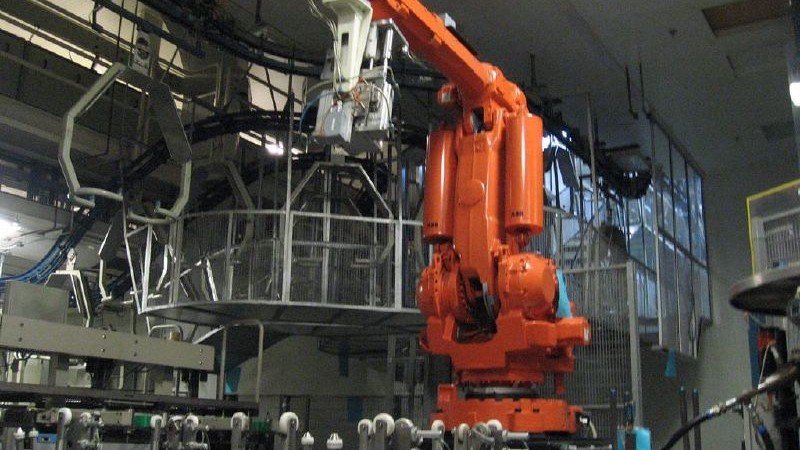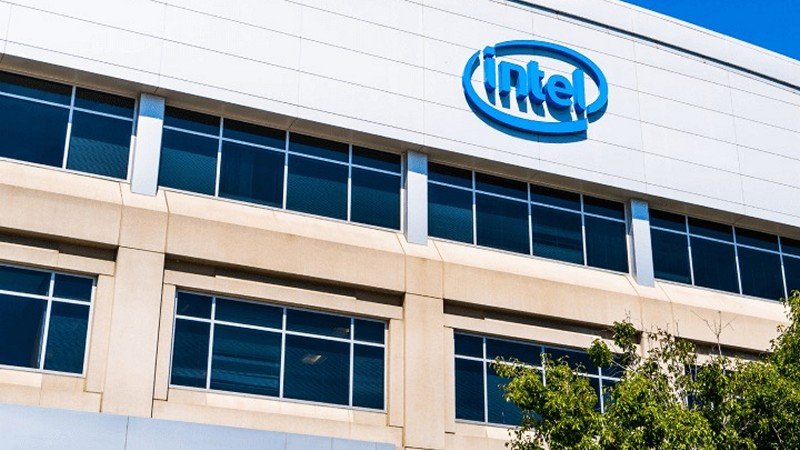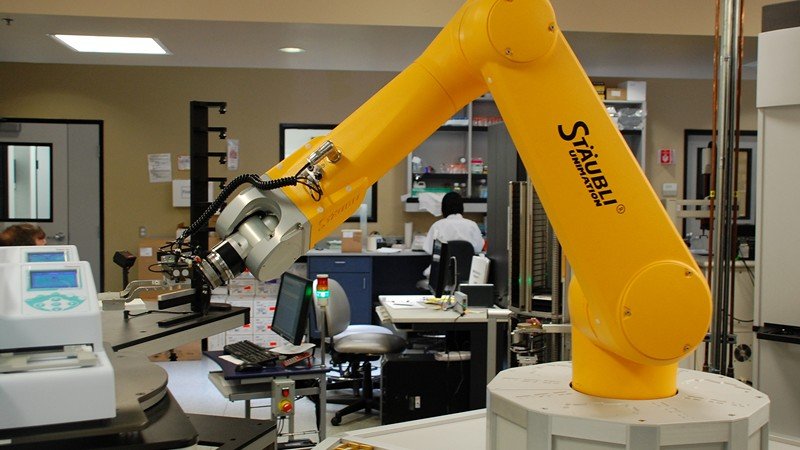

The rapid advancements in artificial intelligence have ushered in an era where machines create artwork, articles, and even code. These AI-generated creations have not only pushed the boundaries of what technology can achieve but have also given rise to complex legal questions regarding copyright. A recent landmark ruling by the United States District Court for the District of Columbia has ignited a debate on the copyright status of AI-generated content, setting a precedent that could have far-reaching implications not only in the US but also globally. What are the key legal challenges introduced by AI-generated work in the context of copyright law, how might the ruling’s implications extend beyond artworks to affect other AI-generated content, including articles, documents, and code, and how might the landscape of AI-generated content change, and what challenges could arise for those seeking to commercialize AI-generated creations?
Top Stories This Week
Hardware Business News
Lithium Batteries Will Now Be Made Using Recycled Components

In a significant move towards greener energy solutions, global chemical producer BASF has joined forces with American companies to manufacture lithium-ion cells using recycled materials. This ground-breaking collaboration is anticipated to slash the carbon footprint of batteries by up to 25 percent, marking a crucial step in the ongoing global transition towards sustainable energy sources. How does the utilization of recycled materials in lithium-ion battery production impact the carbon footprint of batteries, what are the primary environmental challenges associated with the traditional production and disposal of lithium-ion batteries, and what is the significance of establishing a battery value chain in North America for recycling and repurposing lithium-ion batteries?
ABB Invests $280 Million In New Robotics Factory In Sweden

In response to a shifting global manufacturing landscape, ABB, the Swiss engineering and technology giant, has unveiled plans to invest $280 million in constructing a cutting-edge robotics factory in Sweden. This strategic move comes as a response to increasing demand from companies seeking to relocate production from Asia, aiming to circumvent supply chain bottlenecks and navigate geopolitical tensions. How is ABB’s investment in a new robotics factory in Sweden poised to address the challenges posed by supply chain disruptions, what factors are influencing the re-evaluation of manufacturing footprints by companies, especially in the context of rising tensions between the United States and China, and how does ABB’s decision to expand its robotics production capacity in Europe align with the growing trend of localized supply chains?
Waste Robotics Brings In Over $7M For Robotic Sorting System

Waste Robotics, a pioneering company based in Trois-Riviéres, Québec, has announced a significant funding achievement, raising CAD $10 million (approximately USD $7.3 million). This substantial investment is poised to catalyze the advancement of their autonomous sorting system for waste processing facilities. How does Waste Robotics’ autonomous sorting system leverage technologies like waste recognition and deep learning algorithms to enhance the efficiency and safety of waste processing in recycling centers, in what ways does the CAD $10 million funding round, with participation from Mirova and Fondaction, support Waste Robotics’ ambitions to not only accelerate commercial development but also expand its presence in Europe and North America, and how does Waste Robotics envision the future of recycling centers, particularly in terms of making them autonomous with AI technologies and redefining the role of human sorters?
Intel vs. TSMC: The Battle for Semiconductor Supremacy Heats Up

Intel, a renowned American multinational corporation and technology leader, has experienced a series of challenges in the semiconductor industry, losing its position as the world’s most advanced semiconductor manufacturer to TSMC (Taiwan Semiconductor Manufacturing Company). These challenges have prompted Intel to re-evaluate and redouble its efforts to regain its coveted crown in 2025 with its ambitious 18A process. What specific challenges has Intel encountered over the last decade that led to its loss of dominance in the semiconductor industry, how does Intel’s 18A process, set for 2025, promise to revolutionize semiconductor technology with improved energy efficiency and faster transistor switching speeds, and what are the key factors that will determine whether Intel can successfully reclaim its leadership position?
Hardware Engineering News
Robots That Learn As They Fail Could Unlock A New Era Of AI

While robot vacuum cleaners have found their way into many homes, computer science researcher Lerrel Pinto envisions a future where robots play more versatile roles in our daily lives. Pinto, based at New York University, aims to create robots capable of performing diverse tasks, from chores to elder care and rehabilitation. Pinto’s innovative approach involves leveraging self-supervised learning, where robots collect data as they learn—a technique championed by AI luminaries like Yann LeCun. What are the challenges that have historically limited the capabilities of household robots, how does Lerrel Pinto’s self-supervised learning approach provide a potential solution to these challenges, and can Pinto’s vision of robots as versatile physical creatures in our lives, capable of performing a wide range of tasks, truly revolutionize the field of AI?
Electronics On World’s Largest Radio Telescope Are More Radio-Quiet Than A Smartphone On The Moon

In a quest to revolutionize our understanding of the cosmos, engineers have developed electronic devices so unobtrusive that they are quieter than a mobile phone placed on the moon. These ground-breaking electronic components, known as SMART boxes, have been designed to power the antennas of the Square Kilometre Array Low frequency telescope, a colossal radio telescope network currently taking shape in Western Australia. How does the extreme sensitivity of the SKA Low telescope’s antennas make it susceptible to interference from human-made sources of radio waves, what innovative solutions have engineers at the International Centre for Radio Astronomy Research devised to minimize electromagnetic radiation emissions from the telescope’s electronics, and with the construction of the SKA telescopes underway, how do these ground-breaking instruments promise to revolutionize our understanding of the universe?
UK Researchers Develop Train AI To Aid Air-Traffic Controllers

In a pioneering endeavour, UK researchers from the University of Exeter, the Alan Turing Institute, and National Air Traffic Services have embarked on an ambitious project called “Bluebird.” This initiative aims to create a digital twin of the airspace over England, offering a simulated environment to explore the potential integration of artificial intelligence into air traffic control operations, with the ultimate goal of enhancing efficiency and addressing challenges in the industry. How can AI systems, as part of Project Bluebird, potentially contribute to more efficient and less congested air travel routes, how could AI integration in air traffic control help address the issues of finding skilled workers, and what role does the “digital twin” of airspace play in training AI systems?
Hardware R&D News
Electrified Cement Could Turn New Buildings Into Giant Batteries, MIT Engineers Explain

Researchers at the Massachusetts Institute of Technology have developed a ground-breaking energy-storing supercapacitor using an unexpected combination of materials: cement, carbon black, and water. This innovative invention has the potential to play a pivotal role in stabilizing energy networks, enabling them to effectively harness renewable energy sources like solar and wind, despite their intermittent supply patterns. By blending traditional and abundant materials like cement with carbon black – a highly conductive substance – and water, MIT engineers have successfully created a supercapacitor, which is an alternative to conventional batteries. How does the cement-based supercapacitor developed by MIT engineers work, what are the potential applications of this technology beyond concrete foundations, and how can it contribute to the adoption of renewable energy sources in various sectors?
Biomimetic Sensor Could Speed Disease Detection

Scientists at the Massachusetts Institute of Technology Microsystems Laboratory, in collaboration with researchers from the Institute of Synthetic Bioarchitectures at the University of Natural Resources and Life Sciences in Vienna, Austria, have unveiled a ground-breaking prototype sensor. Inspired by the natural sensory systems within our bodies, this sensor is designed to detect and identify molecules in a manner akin to naturally occurring cell receptors. What distinguishes MIT’s biomimetic sensor from conventional biosensors, how does its “top-down” approach based on cell receptor-inspired design enhance sensitivity and scalability for molecular detection, and with the prospect of easy point-of-care testing and the detection of hard-to-diagnose diseases like cancer, what are the key challenges and opportunities in further developing and commercializing this sensor for widespread use, both in healthcare settings and at home?
Open-Source Hardware News
Esperanto Technologies Introduces First Generative AI Appliance Based On RISC-V

Esperanto Technologies, a prominent developer of high-performance and energy-efficient artificial intelligence and high-performance computing solutions, has announced the industry’s first Generative AI Appliance based on RISC-V technology. Developed by Esperanto’s Data Science team, this appliance offers an integrated software/hardware solution that can be deployed in private datacenters or at the enterprise edge. It aims to facilitate the swift development and deployment of business applications that leverage open-source Generative AI foundation models, such as Large Language Models and Diffusion Models. How does Esperanto Technologies’ Generative AI Appliance leverage RISC-V technology to simplify the development and deployment of Generative AI applications, what specific industries and applications can benefit from this appliance, and how does it address their unique needs, such as content summarization in healthcare and code translation in finance?
